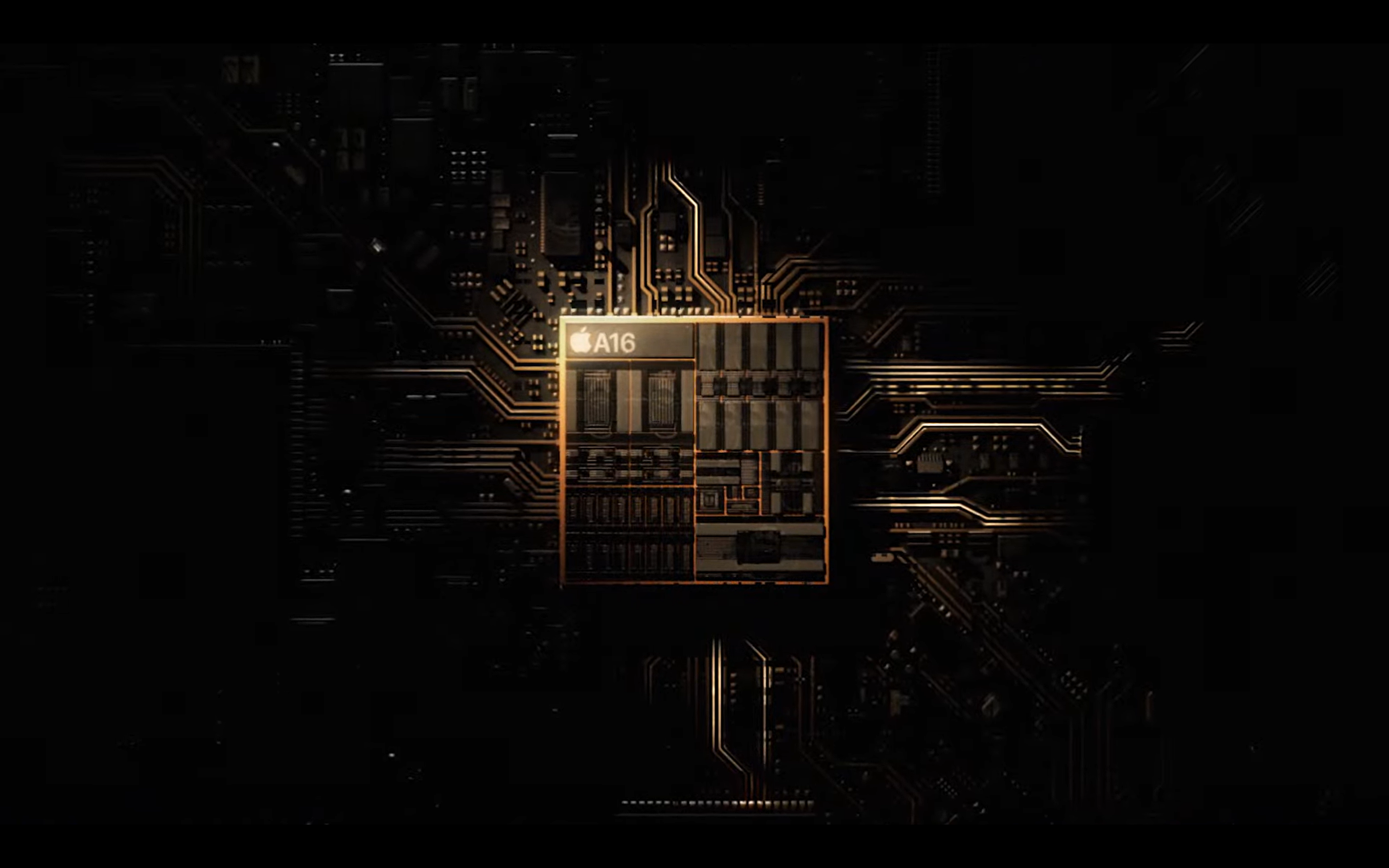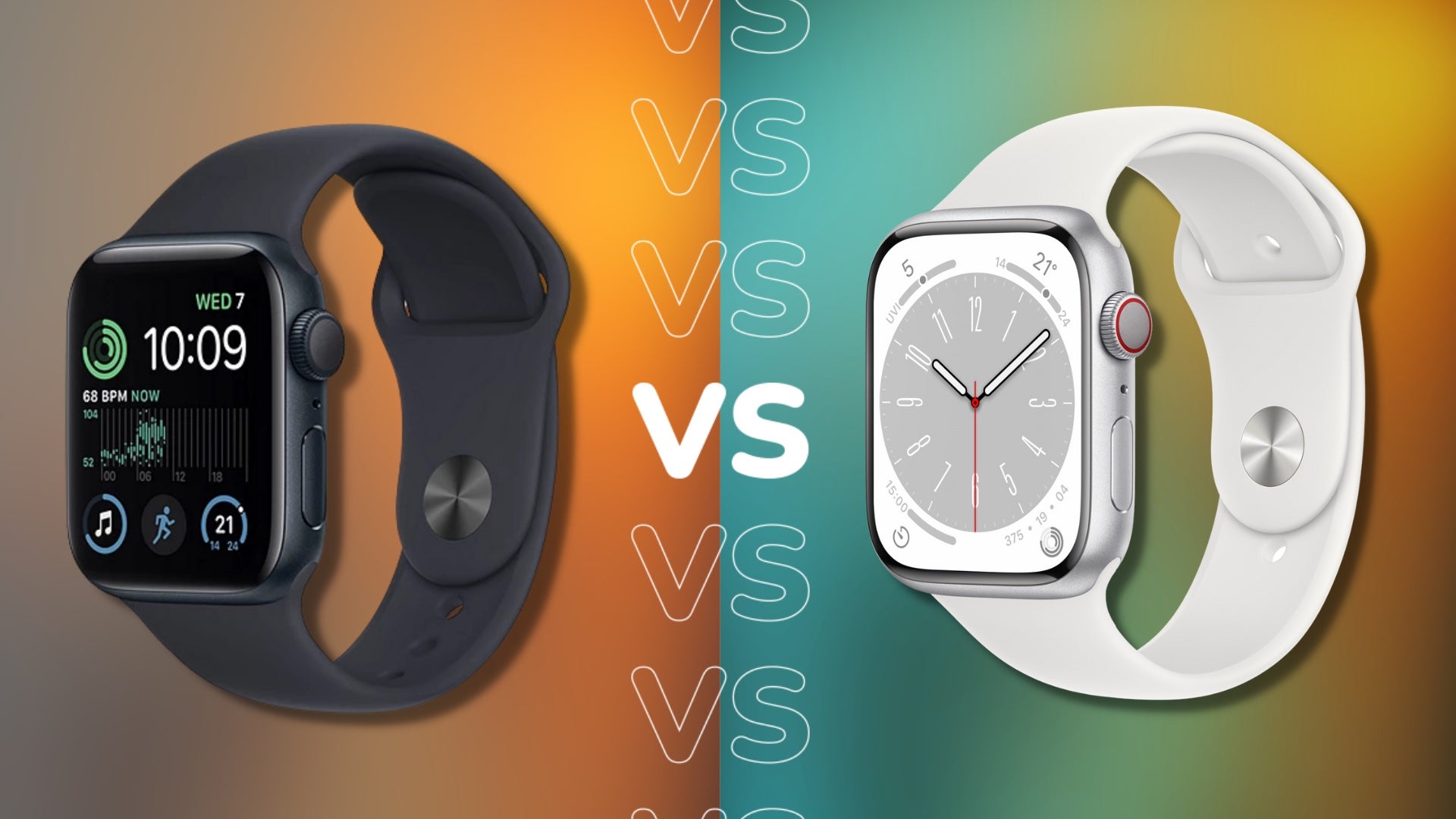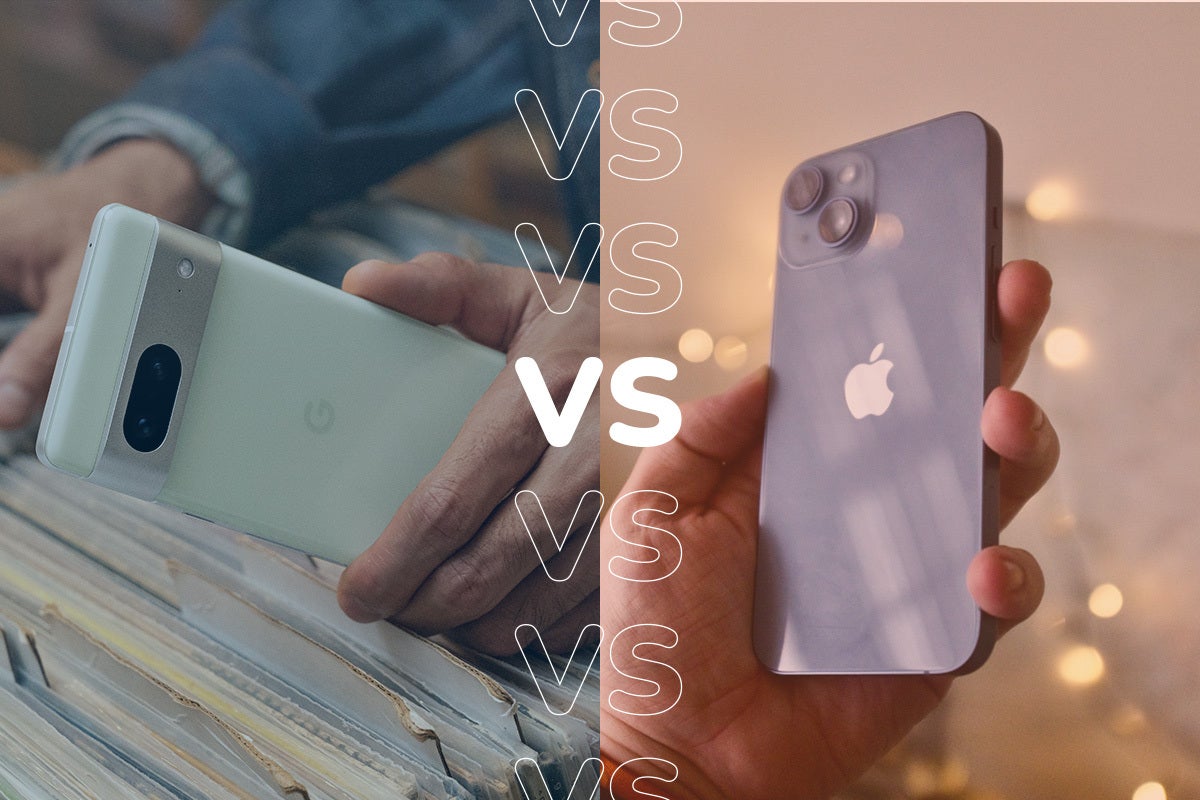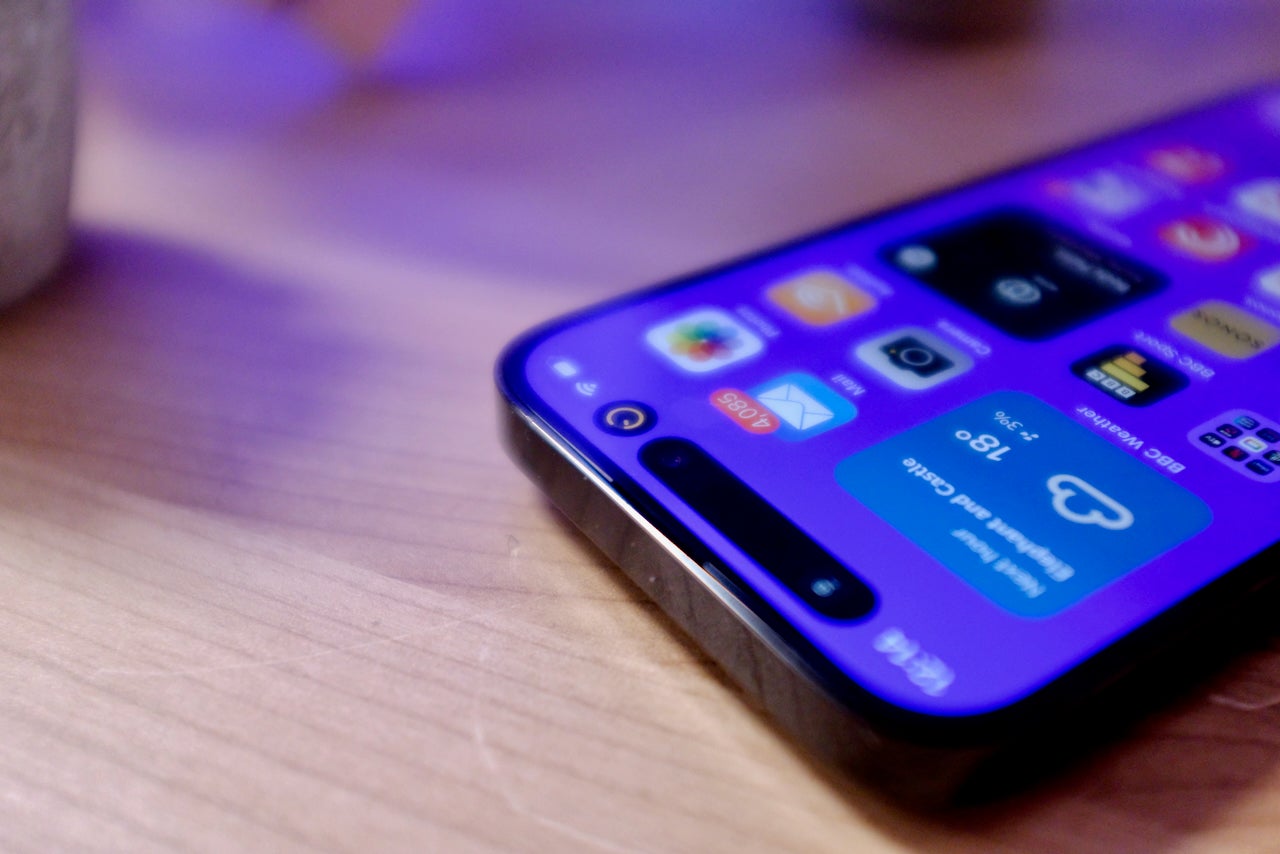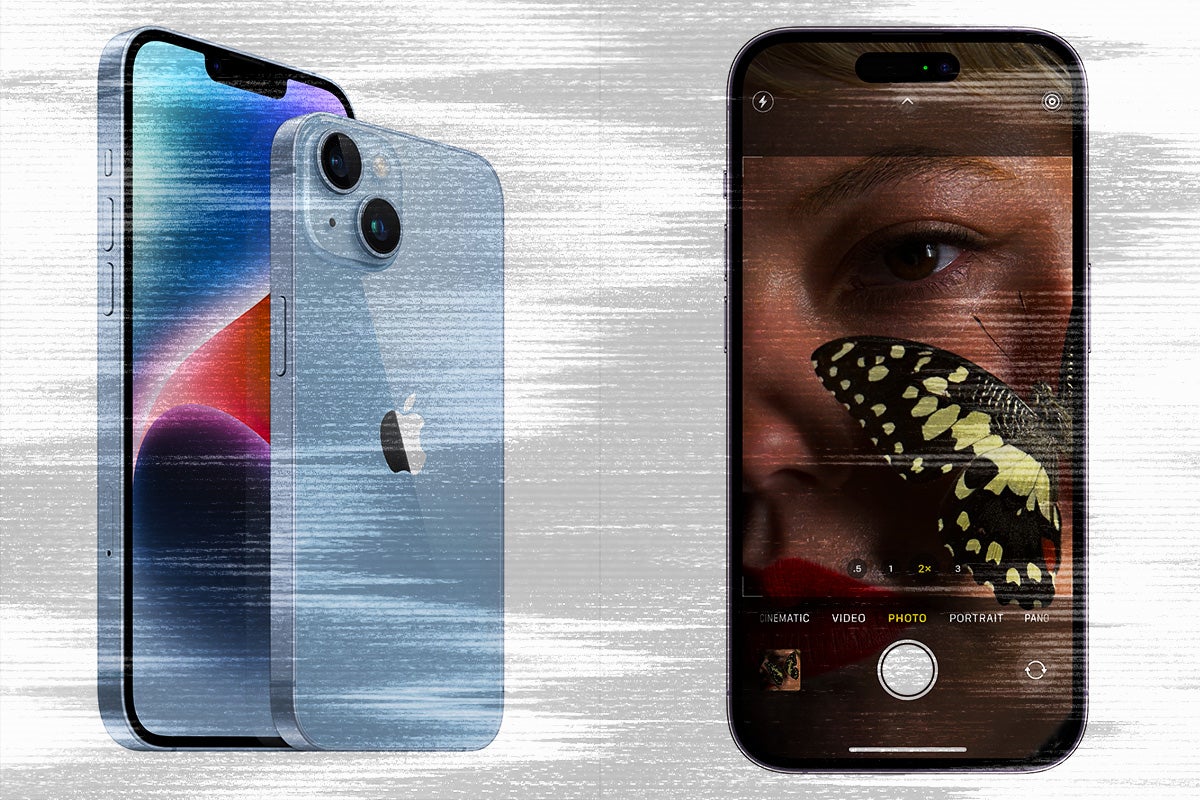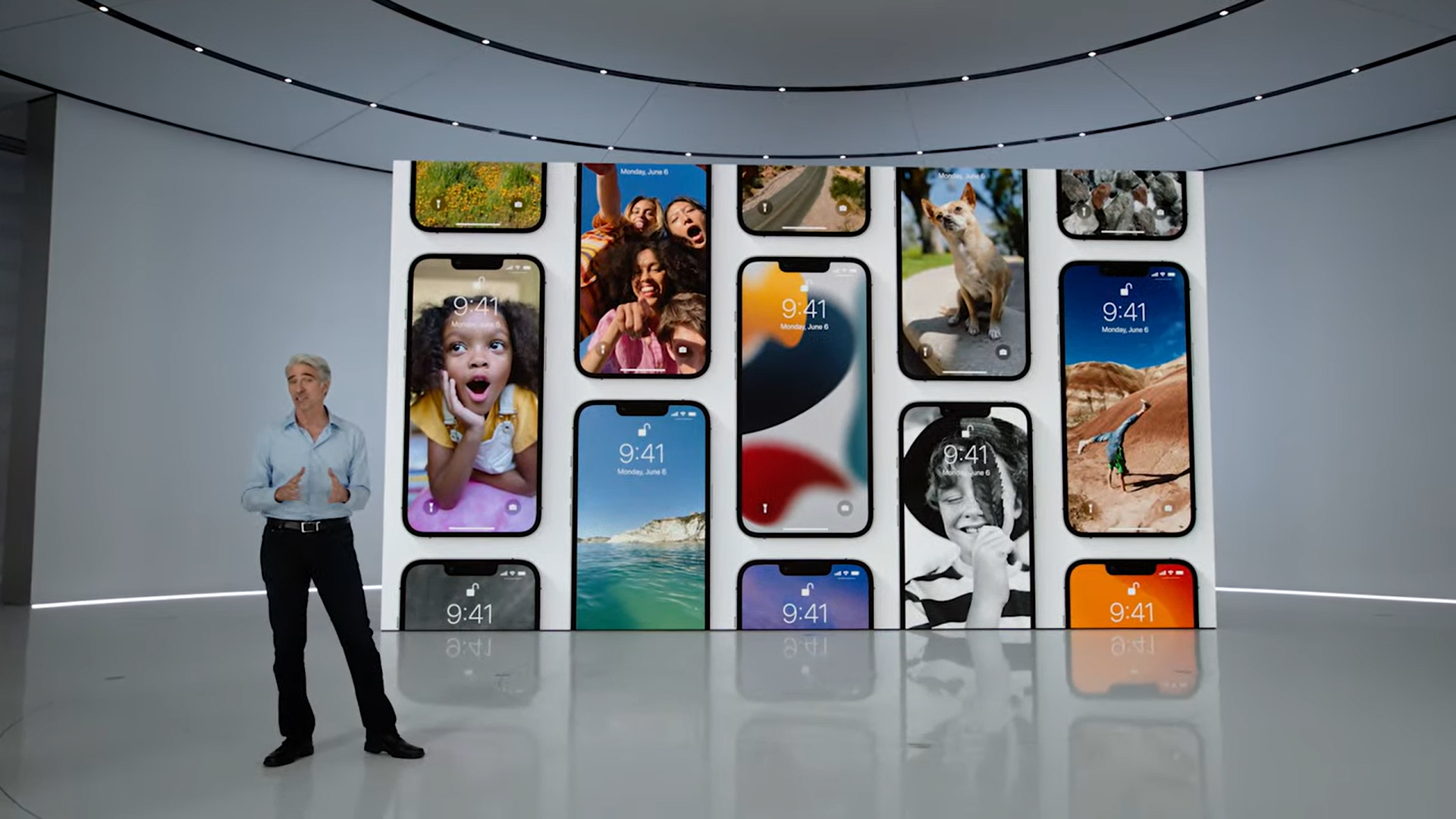iPhone 14 vs iPhone 13: The best new features detailed
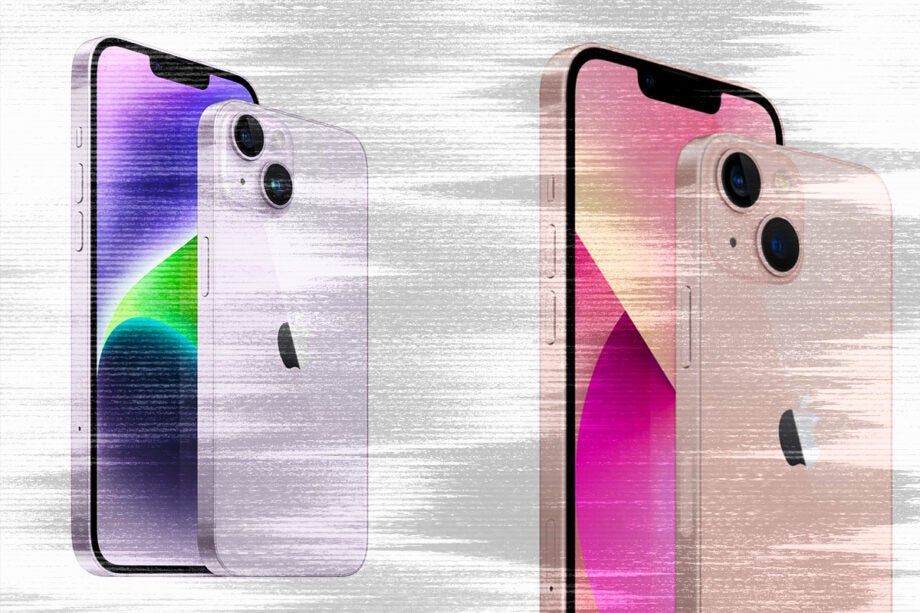
The iPhone 14 Series is currently available to buy, but how different is the new smartphone when compared to its predecessor?
Apple released four different models during its Far Out event, including the iPhone 14, iPhone 14 Plus, iPhone 14 Pro and iPhone 14 Max. Eagle-eyed fans will notice that there was no Mini model this year, with the company instead opting to go with a Plus variation.
Looking at the base model for the new series of iPhones, we have to ask how it compares to its predecessor, the iPhone 13, and if it’s actually worth the upgrade.
We’re going to be running through all the differences between these handsets, including the battery life, specs and screen, so you can decide which model suits you best. We will also be using evidence from our own reviews, giving you an idea of how these devices handle during typical use.
Read on to find out which iPhone will come out on top.
Release date and pricing
The iPhone 13 is a year older than the iPhone 14, launching back in 2021. It is the cheaper option out of the two, which isn’t too surprising. You can see the pricing breakdown just below.
iPhone 13
- 128GB: £749
- 256GB: £859
- 512GB: £1079
iPhone 14
- 128GB: £849
- 256GB: £959
- 512GB: £1179
Camera
The iPhone 13 features a Dual camera system, including wide and ultra-wide sensors, both at 12 megapixels. The wide camera has an aperture of f/1.6, with the ultra-wide having an aperture of f/2.4.
It also has support for 2x optical zoom out and digital zoom up to 5x, with support for Night Mode, Deep Fusion and Smart HDR 4. We thought that this camera fared very well during low-light situations, with similar results to the iPhone 12 Pro Max. Night Mode brings out more detail, with natural bright points and minimal noise.
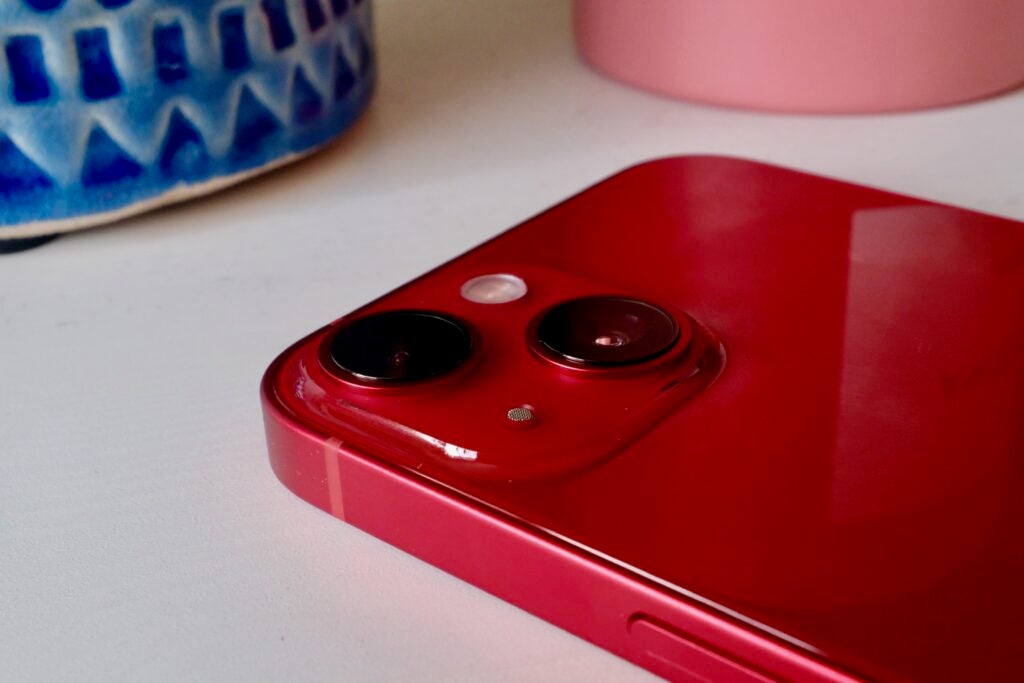
We did think that the 12MP front camera could do with some work, as selfies could come out flat and with a lack of nuance, especially when compared to the rear cameras.
The iPhone 14 also boasts a Dual camera system with two 12MP sensors. The main sensor has an f/1.5 aperture, with the ultra-wide sensor having an f/2.4 aperture. The optical zoom out and digital zoom are the same, with the same support for Night Mode, Smart HDR 4 and Deep Fusion.
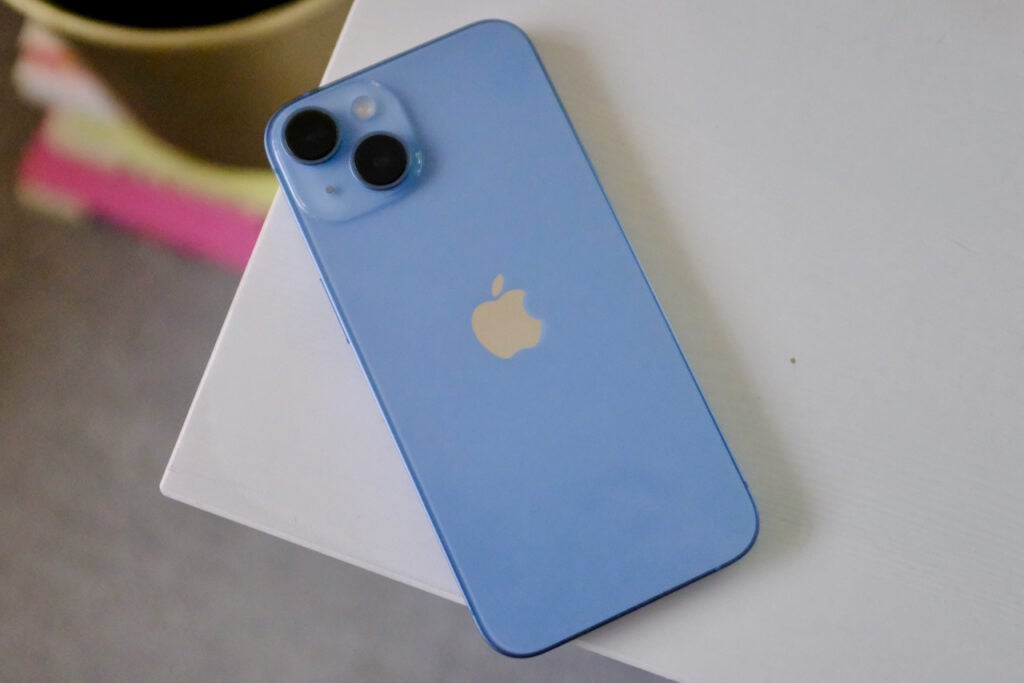
However, the iPhone 14 comes with a Photonic Engine, which provides better image processing. While we thought that daylight pictures were similar in quality, low-light pictures came out with more detail thanks to the improved software.
Plus, we thought that the selfie camera was improved, capturing skin tones with more accuracy. Overall, the iPhone 14 camera is an improvement over the iPhone 13, however, it is most noticeable in low-light environments, meaning that you won’t be getting massively different results in general.
Battery
Apple is not known for having the best battery life on the phone market, but there has been an improvement over the years. During our testing of the iPhone 13, we ran a looped video for 21 hours to completely deplete the battery.
Furthermore, an hour of HDR content at 100% brightness drained the battery by 9%, with an hour of Sayonara Wild Hearts gameplay taking it down by 11%.
Our review of the iPhone 14 claims that it has some modest battery improvements over the iPhone 13, with 8% battery lost after streaming HDR content on Netflix for an hour with 100% brightness. We were able to comfortably get through the day with between 20-30% battery left by bedtime.
While the battery life between the two devices isn’t massively different, the iPhone 14 does have a slight edge, which is worth considering if battery life is a top priority for you.
Screen
The iPhone 13 comes with a 6.1-inch OLED Super Retina XDR display, with a resolution of 2532×1170. It has support for HDR, True Tone and a 2,000,000:1 contrast ratio. Apple claims that the screen has up to 800 nits of brightness during typical use and 1,200 nits during HDR content.
The notch on the iPhone 13 is 20% smaller than the iPhone 12, although we would have preferred if Apple went the way of most Android devices and implemented a hole-punch style cutout instead.
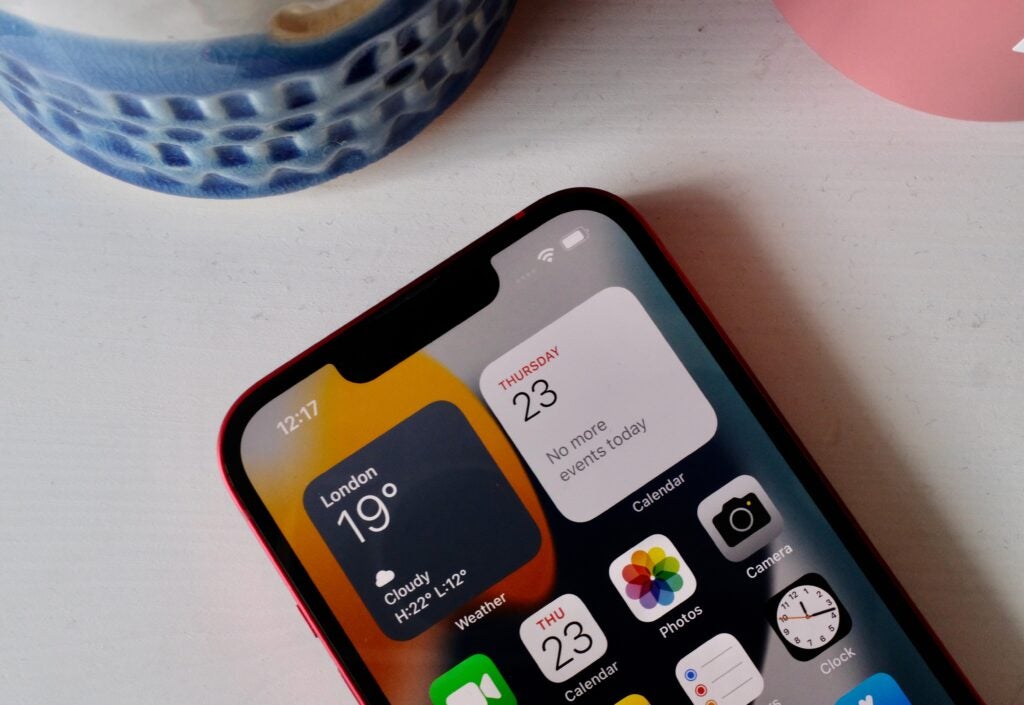
The iPhone 14 packs the same screen, at the same size and the same resolution. It also has the same nit count, contrast ratio and support for HDR and True Tone. Our review of the iPhone 14 claims that it’s hard to tell the two phones apart, as it comes with the same notch as its predecessor, with the Dynamic Island feature being reserved for the iPhone 14 Pro and onwards.
We thought that both devices had vibrant screens that were bright enough for HDR content, with the OLED panels coming in as a plus. Unfortunately, both the iPhone 13 and iPhone 14 miss out on key features that the Pro models boast, such as the ProMotion 120Hz refresh rate, meaning that they’re not the most advanced screens available from Apple.
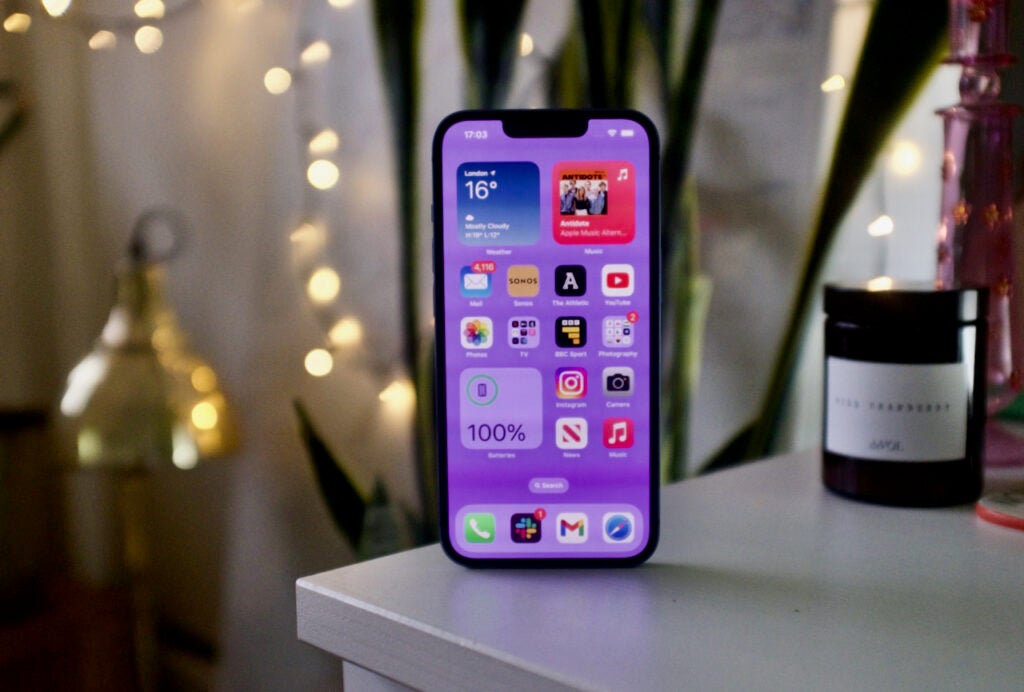
Specs
Both the iPhone 13 and iPhone 14 come with the A15 Bionic chipset. It features a 6-core CPU (made up of 2 performance cores and 4 efficiency cores), a 4-core GPU and a 16-core Neural Engine. The iPhone 14, however, does come with a 5-core GPU, meaning that it packs slightly more power when it comes to graphical tasks like gaming or video editing.
The iPhone 14 does feature Car Crash Detection, which uses a sensitive accelerometer within the phone to call emergency services after a collision. However, other than a couple of new features, we thought that these devices handled very similarly, and we wouldn’t call out the performance as a reason to upgrade from the iPhone 13 to the iPhone 14.
Both devices feature Wi-Fi 6 and Bluetooth, although the iPhone 13 comes with Bluetooth 5.0, while the iPhone 14 uses Bluetooth 5.3.
If you want an in-depth look at the specifications of each device, you can check out the comparison block below.
Verdict
Overall, the iPhone 13 and iPhone 14 don’t differ in too many ways, and both handsets are ideal upgrades for anyone coming from an old iPhone or Android device. The iPhone 14 does feature a slightly improved chipset, camera and battery, but the differences are not massive, so you may be better off upgrading to the iPhone 13 if you want to save money.
However, we would not recommend that users with an iPhone 13 upgrade to the iPhone 14, especially since the iPhone 14 Pro and iPhone 14 Pro Max pack in far more exclusive features.


